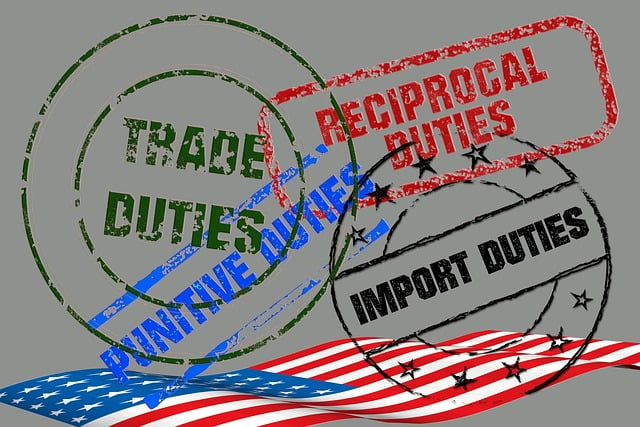The Impact Of Trump Tariffs On The Global Economy

The Impact Of Trump Tariffs On The Global Economy
When Donald Trump announced tariffs on steel and aluminum in 2018, it sent shockwaves through the global economy, like a pebble tossed into a still pond. The ripples of these tariffs reached far beyond the U.S. borders, affecting trade relationships, supply chains, and even consumer prices worldwide. But what does this really mean for the global economy? Let’s dive into the unexpected consequences of these tariffs and how they reshaped international trade.
The Tariff Tango: A Dance of Economic Forces
Tariffs are like a double-edged sword. They aim to protect domestic industries but can also lead to unintended consequences. Here’s how the Trump tariffs played out:
- Increased Costs: U.S. manufacturers faced higher costs for imported materials. This often led to increased prices for consumers. Think of it as a game of Jenga; one block removed can topple the entire structure.
- Retaliation: Countries affected by the tariffs, like China and Canada, retaliated with their own tariffs. This created a tit-for-tat scenario that escalated tensions and disrupted global trade.
- Supply Chain Disruptions: Companies that relied on global supply chains had to rethink their strategies. Some moved production back to the U.S., while others sought alternative suppliers, leading to a reshuffling of the global economic landscape.
In essence, the tariffs sparked a complex dance of economic forces, with each step affecting the next. 💃
The Ripple Effect on Global Trade
One of the most significant impacts of the Trump tariffs was the shift in global trade dynamics. Countries that once enjoyed smooth trade relations found themselves navigating a maze of new barriers. Here’s how:
- China’s Response: China, the U.S.’s largest trading partner, retaliated with tariffs on American goods. This not only hurt U.S. farmers but also led to a decline in exports, affecting the agricultural sector significantly.
- European Union’s Countermeasures: The EU imposed tariffs on American products like bourbon and motorcycles. This not only affected American businesses but also strained diplomatic relations.
- Emerging Markets: Countries like Vietnam and Mexico saw an opportunity. They became alternative suppliers for U.S. companies looking to avoid tariffs, leading to a shift in manufacturing hubs.
The global trade landscape became a chessboard, with countries making strategic moves to counteract the tariffs. 🏁
The Consumer’s Dilemma
While tariffs may seem like a game played by politicians, the real losers are often consumers. Here’s how the average shopper felt the pinch:
- Higher Prices: Tariffs on imported goods led to increased prices for everyday items. From washing machines to beer, consumers found themselves paying more at checkout.
- Limited Choices: With tariffs in place, some companies reduced their product lines. Fewer options meant consumers had to settle for less variety.
- Economic Uncertainty: The unpredictability of tariffs created a climate of uncertainty. Consumers hesitated to spend, impacting overall economic growth.
In short, tariffs turned shopping into a game of “guess how much this will cost me today?” 🛒
The Long-Term Implications
As the dust settled, the long-term implications of the Trump tariffs began to emerge. Here are some key takeaways:
- Reshaping Supply Chains: Companies are now more aware of the risks associated with global supply chains. Many are diversifying their sources to mitigate future tariff impacts.
- Trade Agreements: The tariffs prompted countries to seek new trade agreements. For instance, the U.S.-Mexico-Canada Agreement (USMCA) was born out of the need to renegotiate trade terms.
- Global Economic Shifts: Emerging markets are gaining ground as alternative manufacturing hubs. This shift could lead to a more balanced global economy in the long run.
The tariffs may have been a short-term strategy, but their effects will linger like the scent of a strong cologne long after the wearer has left the room.
Conclusion
The impact of Trump tariffs on the global economy is a complex tapestry woven with threads of protectionism, retaliation, and consumer consequences. While they aimed to bolster American industries, the broader effects reshaped international trade dynamics and consumer behavior. As we move forward, understanding these impacts will be crucial for navigating the ever-evolving landscape of global commerce. The world may be more interconnected than ever, but tariffs remind us that even a small pebble can create significant ripples. 🌍





